GPT-3 Takes the Stage: How AI is Enhancing Visual Merchandising in Retail
Discover the limitless possibilities of GPT-3 in revolutionizing visual merchandising for stores. Join us in unlocking the power of GPT-3 for retail.

The world of retail has been rapidly changing for years, with visual merchandising playing a key role in this evolution. Technological advancements have led to innovative ways of enhancing these strategies, and GPT-3 is one such breakthrough. This technology offers enormous potential to revolutionize the retail industry, from personalized recommendations for shoppers to optimizing product placement and store layouts. In this article, we will discuss how GPT-3 can improve visual merchandising strategies, its advantages, disadvantages and its successful implementations.
Do you know about GPT-3?
Hey there! You may be familiar with GPT-3, a smart tool that can produce text that appears to have been written by a real human! The GPT-3, or "Generative Pre-trained Transformer 3," is a highly cool bot that has a lot of linguistic knowledge. In the area of visual merchandising, GPT-3 is extremely potent since it can produce text that really attracts consumers and excites them about merchandise. This is due to the fact that it is intelligent enough to grasp all the details and minute features in language that gives it a natural and human-like tone.
How do visual merchandising impact the success of retail stores?
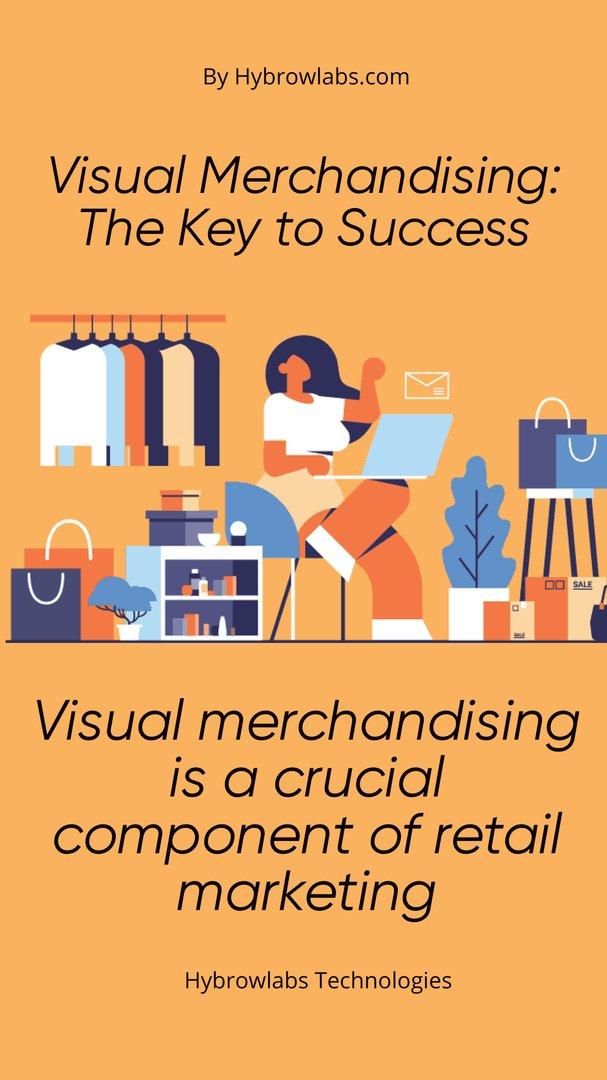
Visual merchandising is a crucial component of retail marketing. It involves creating an appealing and attractive display of products that entices customers and encourages them to make a purchase. The role of visual merchandising is to create a unique and memorable shopping experience that captures the customers' attention, motivates them to explore the store, and ultimately drives sales. Effective visual merchandising can also enhance brand awareness, increase customer loyalty, and differentiate the store from its competitors. Therefore, retail stores must invest in visual merchandising to stay competitive in today's marketplace.
How GPT-3 Can Improve Visual Merchandising Strategies?
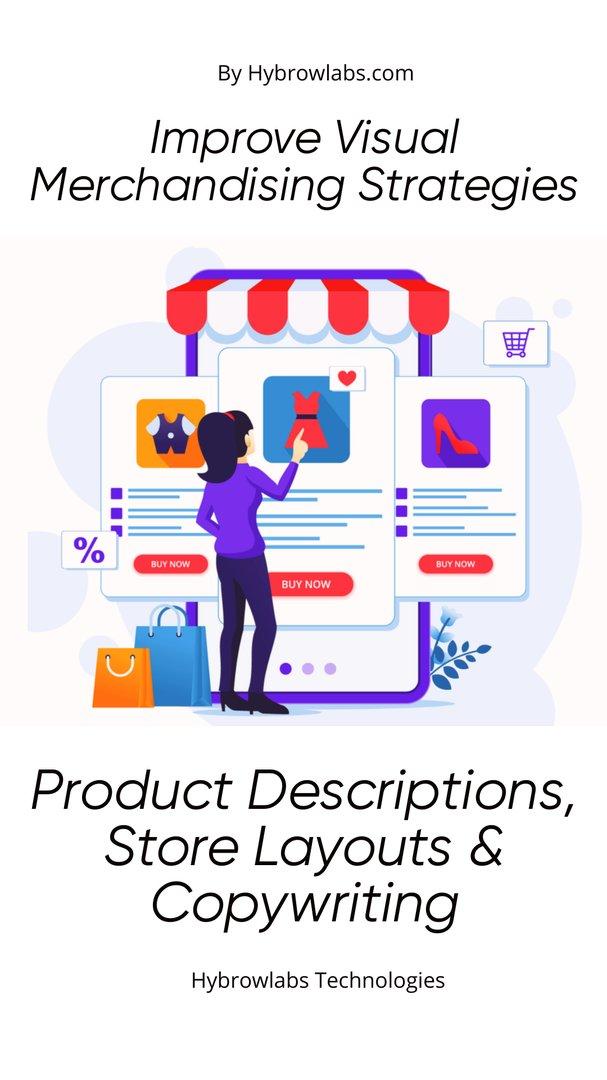
GPT-3 can be a game-changer in the world of visual merchandising. It can help businesses automate many of the manual processes involved in traditional visual merchandising strategies. GPT-3, with its natural language processing capabilities, can greatly enhance visual merchandising strategies and personalized retail experiences. Let’s have a look into it.
1. Evolution of compelling copy for websites:
One important method that GPT-3 can enhance visual merchandising tactics is by producing compelling copy for websites and social media platforms. With the use of customer data analysis, GPT-3 can create personalized content that talks directly to certain clients, highlighting deals and goods that are likely to appeal to them.
2. Creation of product descriptions:
Product descriptions can also be created with the aid of GPT-3 and customized to meet certain client preferences. GPT-3 can provide thorough and accurate product descriptions that highlight each item's characteristics and benefits by analyzing customer data, which can assist to boost consumer engagement and sales.
3. Create store layouts:
Companies can use GPT-3 to create layouts for their stores that are tailored to the demands of certain customers. GPT-3 can determine important client preferences and design store layouts that are optimised for their shopping experience by studying customer data. Along with boosting sales and revenue for the company, this can also help to promote customer happiness and loyalty.
Examples of GPT-3 Applications in Visual Merchandising:
There are numerous examples of GPT-3 applications in visual merchandising, such as:
1. Virtual Try-On:
Fashion brand H&M uses GPT-3-powered virtual try-on technology on their website and mobile app. Customers can select a garment and then upload a photo of themselves, which is analyzed by the algorithm to create a personalized virtual try-on experience.
2. Personalized Advertising:
Online retailer Amazon uses GPT-3 to personalize product recommendations for individual customers. The algorithm analyzes customer data and past purchases to suggest items that the customer is more likely to be interested in, increasing the chances of conversion and repeat business.
3. Augmented Reality:
Furniture retailer IKEA uses GPT-3-powered augmented reality technology in their IKEA Place app. Customers can select a piece of furniture and then use their phone's camera to see how it would look in their home. The app also allows customers to customize the color and size of the furniture.
4. Voice Assistant Integration:
Retailer Sephora has integrated GPT-3 with Google Assistant to provide customers with a more convenient way to search for and purchase products. Customers can use voice commands to ask for product recommendations, make purchases, and track their orders.
5. Social Media Marketing:
Clothing brand ASOS uses GPT-3 to generate product descriptions and social media captions. The algorithm analyzes product attributes and customer data to create engaging and relevant content that resonates with their target audience. Additionally, ASOS uses GPT-3 to automate social media management tasks like scheduling posts and analyzing engagement metrics.
Now, let's explore some dynamic benefits of GPT-3 in Visual Merchandising:
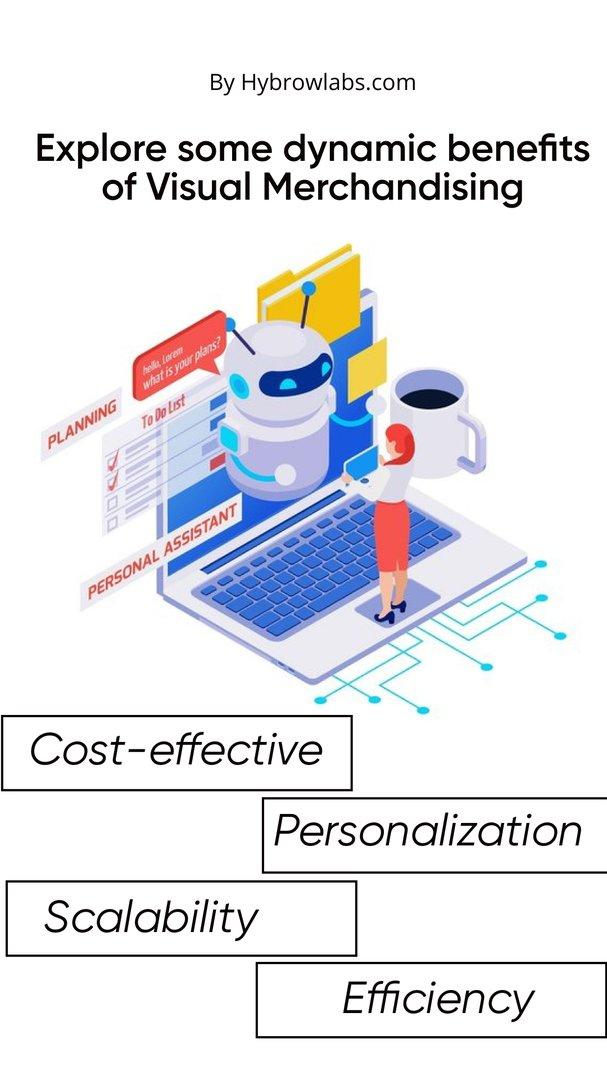
1. Cost-effective:
GPT-3 can automate a lot of the manual tasks required in conventional visual merchandising, hence lowering the demand for expensive human resources. This implies that companies can do so while still getting the outcomes they want and saving time and money.
2. Personalization:
GPT-3 can assist companies in developing tailored visual merchandising plans by evaluating consumer information to produce ads, store layouts, and product descriptions that are tailored to the demands of specific customers. Due to this, customers will have a distinctive and memorable shopping experience, which might boost sales.
3. Scalability:
GPT-3 can easily grow enterprises' visual merchandising strategy because it produces enormous amounts of material rapidly and effectively. Businesses with numerous stores or a huge product inventory may find this to be especially helpful.
4. Efficiency:
GPT-3 can automate repetitive actions, such updating product descriptions and producing social media postings, to streamline visual merchandising procedures. Employees can then use this freed time to work on more strategic duties like evaluating customer data and coming up with fresh merchandising concepts.
Unpacking the risks of GPT-3 in Visual Merchandising
While GPT-3 has undoubtedly revolutionized visual merchandising with its many advantages, it is important to also consider potential drawbacks that may arise from its use.
1. Lack of human touch:
One such concern is the lack of human touch and creativity that AI-powered tools like GPT-3 may offer. While GPT-3 can efficiently generate content and automate processes, it may struggle to replicate the personal touch and tailor-made strategies that human merchandisers can offer.
2. Limited data sets:
Another potential disadvantage is the reliance on large data sets. GPT-3's ability to generate high-quality content depends on the availability of sufficient data to draw from. This can be a challenge for businesses that do not have access to large amounts of data, as GPT-3 may produce inaccurate or irrelevant content.
3. Ethical concerns:
Finally, ethical concerns such as potential misuse and privacy and security issues are also important considerations when it comes to using GPT-3. It is important to use this powerful tool responsibly and with the utmost care to ensure the safety and privacy of customers and to avoid the creation of false or misleading information.
Best Practices for Implementing GPT-3 in Visual Merchandising:
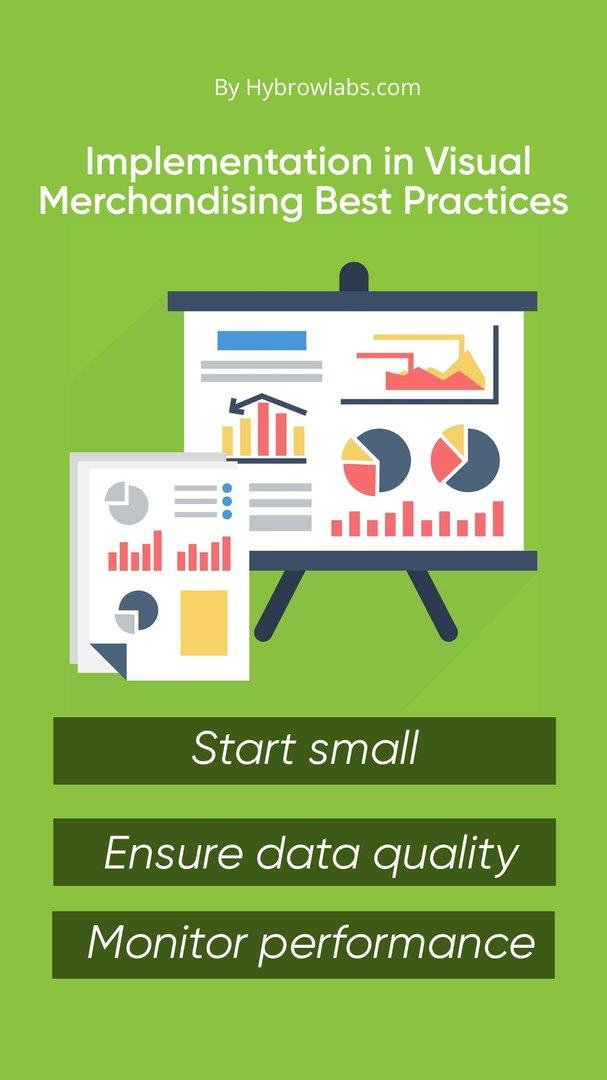
To make the most of GPT-3 in visual merchandising, businesses should keep these best practices in mind:
1. Start small:
It's always wise to start with a pilot project that tests GPT-3's effectiveness in visual merchandising on a smaller scale before going all in. This approach can help detect and solve any issues that may arise before they become bigger problems.
2. Ensure data quality:
The quality of data used to train GPT-3 plays a critical role in producing accurate and relevant content. Businesses must ensure the data used is accurate, up-to-date, and reflective of their target audience for optimal results.
3. Monitor performance:
It's important to continuously monitor GPT-3's performance and make adjustments as necessary to ensure it delivers the desired outcomes. This involves regularly reviewing the content generated by GPT-3 and analyzing its impact on visual merchandising strategy. If necessary, businesses can make changes to the data used or the model's parameters to improve its performance.
How to Get Started with GPT-3 in Visual Merchandising?
It can be difficult to begin using GPT-3 in visual merchandising, but there are a number of techniques for enterprises to ease into the process:
1. Online tutorials:
Businesses can learn how to use GPT-3 in visual merchandising by consulting a variety of online tutorials and resources. These lessons offer detailed instructions on how to develop content, train the model, and use it in visual marketing.
2. Employing a consultant:
To get started, businesses can work with experts who are knowledgeable about GPT-3 and visual merchandising. These consultants can offer advice on how to use GPT-3 most effectively, assist with model training, and offer perceptions on how to use it into visual merchandising techniques.
3. Working with a technology partner:
Companies that want assistance implementing GPT-3 in their operations might collaborate with technology partners that have expertise in GPT-3 and visual merchandising. These partners are able to offer solutions that are specifically tailored to fit the individual requirements of every organisation and offer continuous assistance to ensure effective adoption.
Case Studies: Successful Implementations of GPT-3 in Visual Merchandising:
Several businesses have successfully implemented GPT-3 in visual merchandising, which has led to positive results such as:
1. H&M:
H&M used GPT-3 to create personalized product recommendations for customers. By analyzing their purchase history and preferences, H&M was able to suggest products that were more likely to interest the customer, resulting in higher sales and customer satisfaction.
2. Walmart:
Walmart, on the other hand, used GPT-3 to create virtual storefronts. These storefronts allowed customers to browse and purchase products in a virtual environment, providing a more immersive and convenient shopping experience. This helped Walmart increase customer engagement and improve their overall online sales.
3. Nike:
Another example is Nike, who used GPT-3 to create personalized advertisements. By analyzing data points such as location and interests, Nike was able to create more relevant and engaging ads for individual customers. This led to an increase in click-through rates and ultimately, higher sales.
These successful implementations of GPT-3 in visual merchandising showcase the potential of this technology in improving the customer experience and increasing sales.
How will GPT-3 shape the future of visual merchandising in retail?
GPT-3 is making the future of visual merchandising look pretty darn interesting! GPT-3 is a potent tool for offering tailored and interesting shopping experiences as companies increasingly rely on technology to engage their customers. In order to meet the rising demand for individualized recommendations and experiences, it produces top-quality content at a rapid speed. GPT-3 will be even more necessary for developing unique and engaging retail experiences as it continues to advance. Businesses may concentrate on offering distinctive experiences while letting technology handle the heavy lifting because to the endless possibilities for GPT-3 in visual merchandising. People, the future looks good!
Conclusion
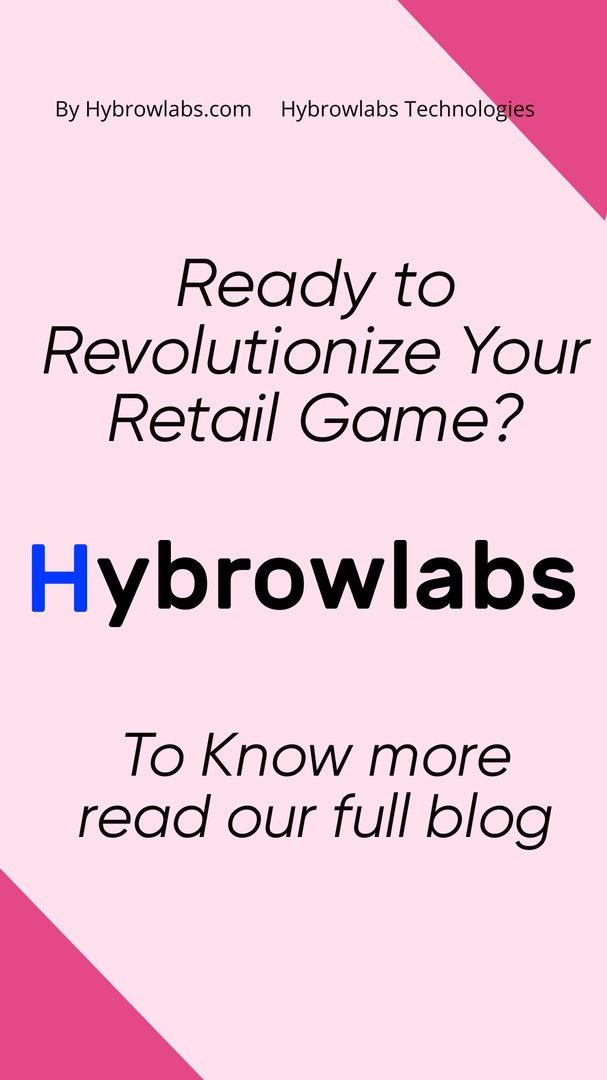
In conclusion, GPT-3 has enormous and exciting potential for visual merchandising in retail settings. With its capacity to personalize suggestions, build virtual worlds, and produce content for social media, GPT-3 has the potential to completely change how businesses interact with their customers. To ensure a seamless integration, it's crucial to take into account both the benefits and potential drawbacks of GPT-3. Retailers may improve the consumer experience and increase sales by embracing this technology and working to continuously improve its implementation. With GPT-3 paving the way, visual merchandising has a promising future. For professional assistance in implementing GPT-3 technology in visual merchandising, consider using the Hybrowlabs Development Service.
FAQs
1. Describe GPT-3.
Deep learning methods are used by OpenAI's GPT-3 language model to produce text that resembles human speech.
2. What benefits may GPT-3 provide for visual merchandising?
GPT-3 can assist firms in personalizing their visual merchandising strategies, scaling their operations, streamlining their procedures, and automating many of the manual tasks required in conventional visual merchandising tactics.
3. What potential drawbacks could there be to employing GPT-3 in visual merchandising?
GPT-3 may have several drawbacks in visual merchandising, such as a lack of human creativity and touch, small data sets, and ethical issues with potential fraud.
4. How can companies begin implementing GPT-3 in their visual merchandising?
Starting small, assuring data integrity, keeping an eye on performance, and utilizing online tutorials, consultants, or technology partners are all things that businesses can do to get started using GPT-3 in visual merchandising.
5. What examples of GPT-3 in visual merchandising have been successful?
Personalized product recommendations from H&M, virtual stores from Walmart, and customized ads from Nike are examples of effective GPT-3 visual merchandising applications.
No comments yet. Login to start a new discussion Start a new discussion